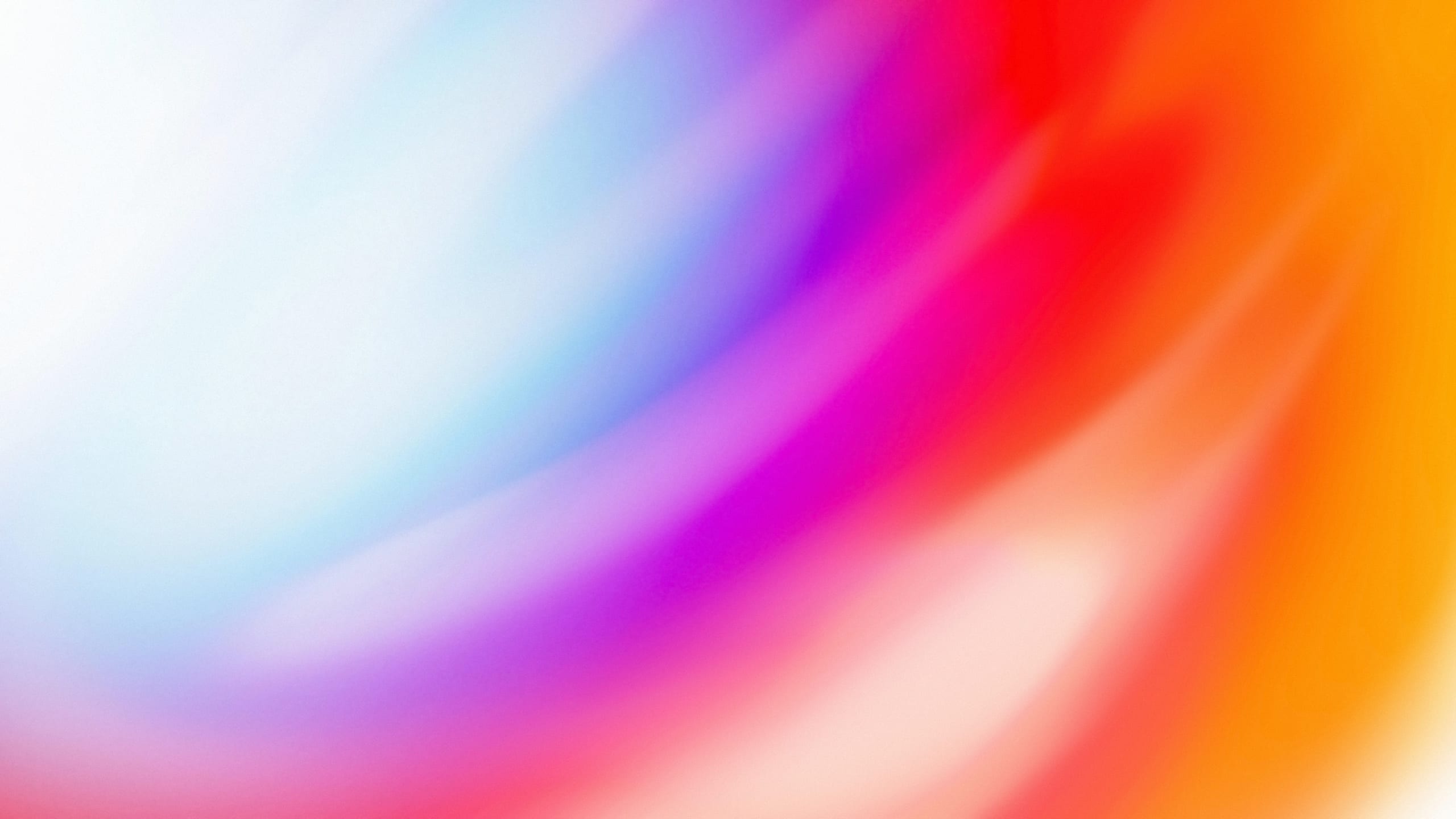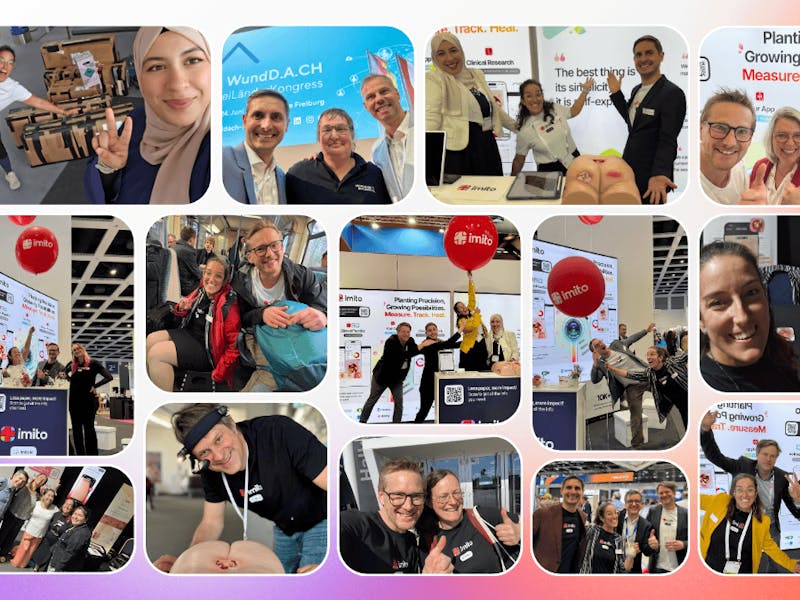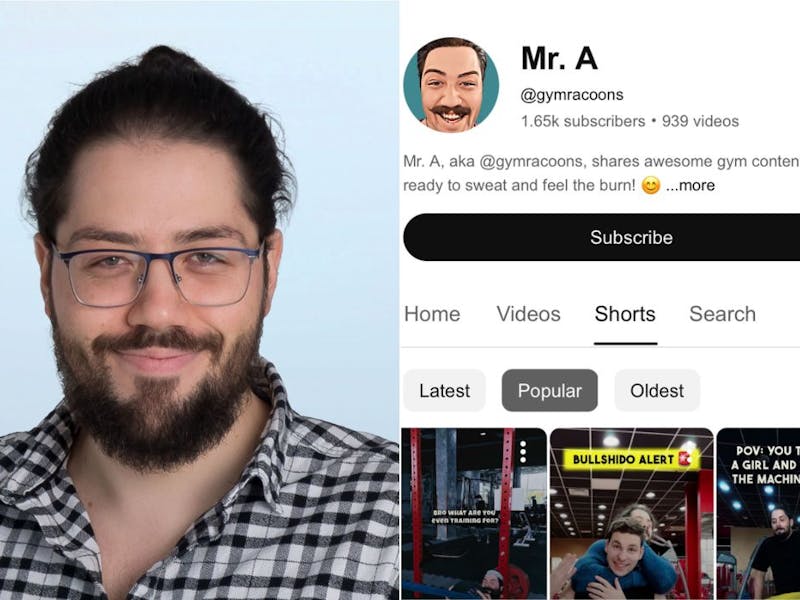Are smartphone photos worth more than 1000 words? Our tips for medical smartphone photography!
Now that smartphones are a part of daily life, they are becoming a valuable tool for medical purposes too. This article covers a proposal of guidelines patients and medical professionals need to follow in order to effectively use smartphone photography to provide more efficient health care.
Smartphones are one of the most common electronic devices today, and due to their capabilities as cameras, methods of communication and gateways to information, they offer a potentially interesting use for general healthcare and medical photography. On top of that, the medical capabilities brought by smartphones can be exploited by patients and physicians without the help of a professional photographer, as long as a few basic photography practices are followed to allow for accurate medical assessments from the photos taken.
A thesis by Anna Hagman and Sander Riedberg for the Royal Institute of Technology of Stockholm (KTH Technology & Health) looked into current guidelines within medical photography. In addition, it investigates the technical capabilities and limitations of smartphones when compared to professional medical cameras, and how they performed side by side in terms of sharpness and colour temperature under varied light conditions. Based on their findings, Hagman and Riedberg compiled a comprehensive but easy to follow a set of guidelines that can turn regular smartphone photography into an actionable tool for medical assessment, without acquiring any additional equipment.
The rise of the smartphone within medicine
Since the smartphone became a mainstay across all ranges of the population, it has also naturally made its way into the medical sector. The implementation of smartphones into medical care in the near future is expected to bring both economic and time savings by facilitating and reducing the workload at modern-day health facilities. For the purpose of medical photography, it has been demonstrated that a smartphone without any additional components or applications is fit for achieving good results. Due to its ease of use, medical professionals and patients can employ it properly unlike professional medical camera equipment which requires an experienced user and is financially inaccessible for most people.
Many organisations and medical scientists have developed guidelines towards improving the quality of medical photography, including ones specifically aimed at smartphones, and there is literature explaining the imaging procedure within different areas of medical photography. Currently, the biggest obstacles in the way of full integration of smartphone photography into standard medical practice are the lack of regulatory procedures and protocols to ensure the full legality of this new instrument, and the safety and privacy of patients (more about this in our previous article).
The technical aspects of medical photography
In order to determine what makes a photo medically usable, Hagman and Riedberg referred to scientific articles within the KTH database Primo, Pubmed and additional written material supplied by the thesis’ supervisor.
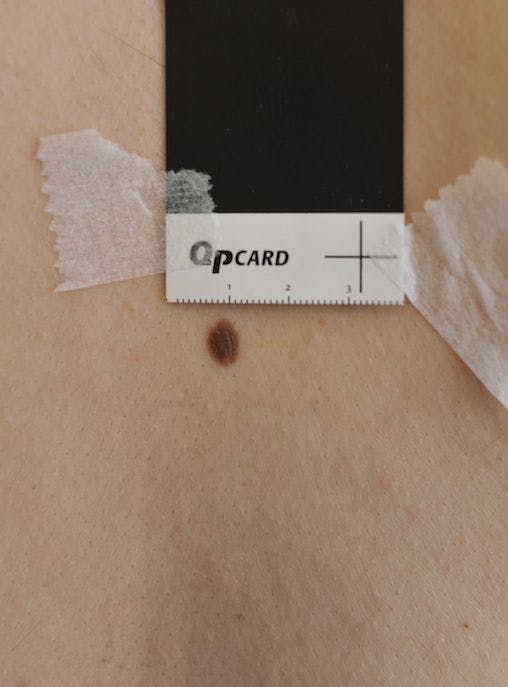
The first photo is taken with a Nikon D700, the second photo taken with an iPhone 5s.
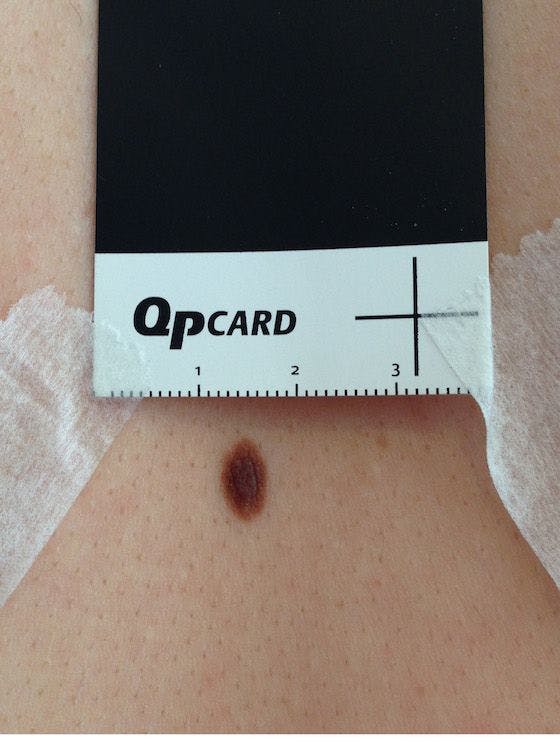
The most popular smartphone models are armed with powerful cameras that, as tests showed, can replace professional equipment while still obtaining usable results. There are, however, some major differences between smartphone and professional cameras which must be noted and accounted for in order to obtain good results. Professional cameras such as the D700 used in the study have a full-frame sensor, while smartphones have significantly smaller ones. The focal length is also worth noting since professional cameras have interchangeable focal lengths that adapt more easily to different photo situations whereas smartphones have short focal lengths. For medical purposes, however, the focal length of smartphones can usually be offset by crop factors
The guidelines found
Based on the literature studied and the results obtained in field tests, Hagman and Riedberg compiled this list of guidelines that can be followed by a person using a smartphone camera for the first time to achieve good photos fit for telemedical use. This is an abridged version, while the full set of guidelines can be found here (page 13).
Prior to taking the photo, the camera lens should be wiped to remove anything on the surface that may interfere with the results. The region of interest should be cleared of jewellery, glasses, hair, clothes and make-up. The patient should stand in front of a monochromatic wall, and if one is not available the most neutral background accessible should be used. The main source of light should be behind the camera to prevent overexposure, and smartphone flash should be avoided unless imperative. In cases where having proper light from behind is impossible (such as when under ceiling lamps that generate unwanted shadows), having the patient lay or tilt themselves under the lamp is a possible workaround.
Example: how to take a full-length photo
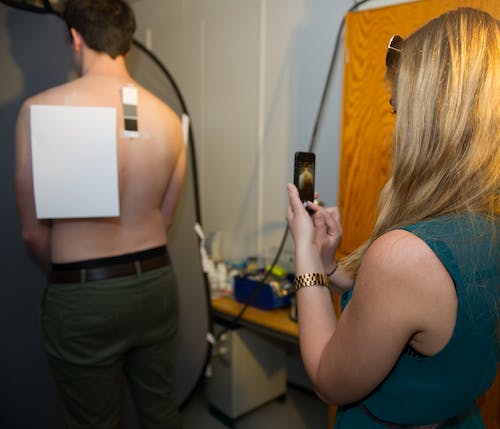
Example: how to take a close-up photo
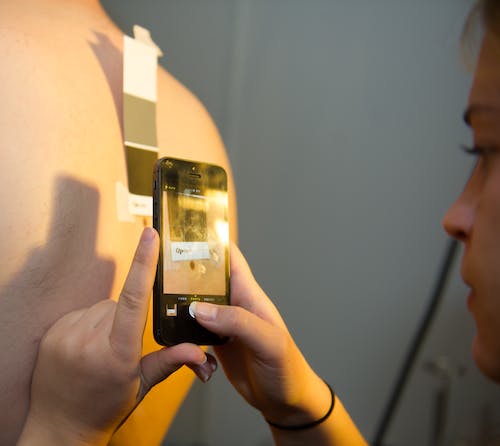
When taking the photo, a calibration card of a white piece of paper must be placed near the region of interest, and the photographer should stand approximately one arm’s length away from the patient, or until the camera-screen includes enough of the patient’s body so that the region in question is easily identified within the body. The photographer should ensure the device is properly stabilised to avoid blurriness. The photo must be as sharp as possible for proper evaluation, and it is recommended that a minimum of one palm width of distance be kept between the camera and the area of interest. The photographer should also take several photos and review them to ensure there is enough material to accurately evaluate.
In short, a good photo depends on three key factors: the presence of uniform light, the use of proper material to calibrate white balance, and the sharpness of the images. It is also important that the photos are reviewed in a high-resolution screen with good colour representations.
Final considerations
While there are few scientifically-approved articles on medical photography guidelines and specifications, the thesis was based on information from trustworthy organisations and reliable company websites.
The constant speed of smartphone development, coupled with a standard set of guidelines for medical photography, pave the way to a more modern, efficient and patient-centred healthcare system that can reduce the workload at health facilities. Diagnostics in fields such as dermatology could be made from home instead, allowing patients to get treatment faster and freeing up medical staff for other tasks.
Current smartphones in the market already satisfy the basic technical requirements in terms of resolution, light sensitivity and colour representation, and models in development are assumed to be even better in these aspects, confirming the technology is fit for medical photography. Drawbacks in terms of privacy and legality, while grave, are considered to be solvable and should not discourage the proper introduction of these powerful devices into the medical field.
Through a thorough analysis of safety and integrity issues and the implementation of standard databases for proper storage of medical photos, smartphone cameras can make medical care faster, more accessible and cost-effective in multiple fields. These issues and the most viable solutions to them are covered in more detail throughout this article.
Many thanks, Anna Hagman and Sander Riedberg, for letting us publish the results of your thesis!


